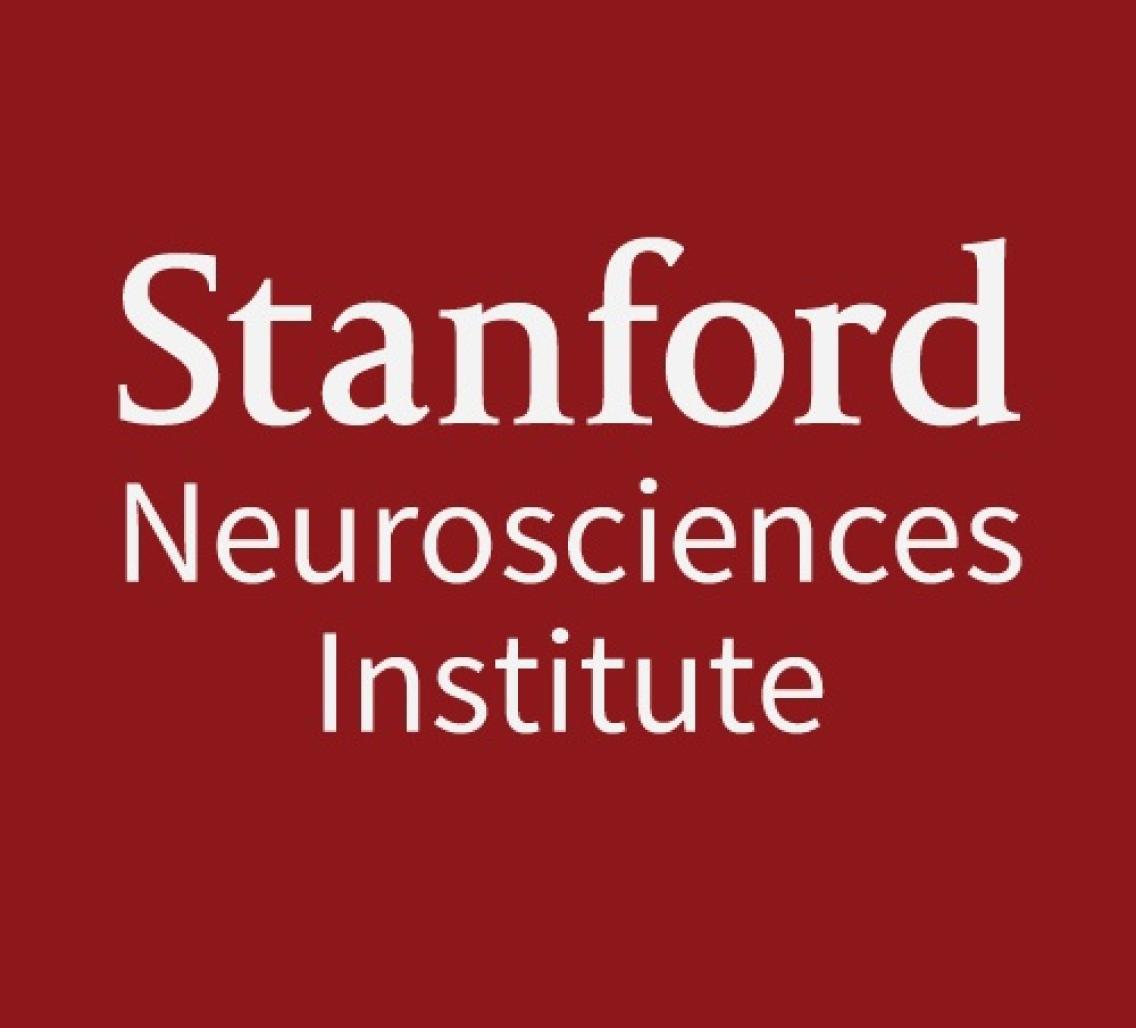Event Details:

Stanford Neurosciences Institute Seminar Series Presents
Parallel basal ganglia circuits for reward value-guided behavior
Okihide Hikosaka, MD, PhD
Neuronal Networks Section Chief, NIH
Host: Xiaomo Chen
Abstract
The basal ganglia control body movements, value processing, and decision-making. Many studies have shown that inputs and outputs of each basal ganglia structure are topographically organized, suggesting that the basal ganglia consist of separate circuits, each of which serves a distinct function. A notable example is the circuits that originate from the rostral (head) and caudal (tail) regions of the caudate nucleus, both of which target the superior colliculus. The two caudate regions encode reward values of visual objects differently: flexible (short-term) values by the caudate head and stable (long-term) values by the caudate tail. These value signals in the caudate are sent out through separate circuits including the direct and indirect pathways and guide the orienting of gaze differently: voluntary saccades by the caudate head circuit and automatic saccades by the caudate tail circuit. Moreover, separate groups of dopamine neurons innervate the caudate head and tail and may selectively guide the flexible and stable learning/memory in the caudate regions. These parallel circuits may underlie voluntary behavior and automatic skills, enabling animals (including humans) to adapt to both volatile and stable environments.
Recent Papers:
[1] Dopamine neurons encoding long-term memory of object value for habitual behavior Hyuong F. Kim, Ali Ghazizadeh, Okihide Hikosaka Cell. 2015 Nov 19;163(5):1165-75. doi:10.1016/j.cell.2015.10.063
[2] Distinct basal ganglia circuits controlling behaviors guided by flexible and stable values Hyoung F. Kim, Okihide Hikosaka Neruon. 2013 Sep 4;79(5):1001-10. doi:10.1016/j.neuron.2013.06.044
A conversation with Okihide Hikosaka and the Stanford group NeuWrite West can be streamed or downloaded: Hikosaka Conversation